Write Us
We are just a call away
[ LET’S TALK AI ]
X
Discover AI-
Powered Solutions
Get ready to explore cutting-edge AI technologies that can transform your workflow!


Mobile app and software development are great ways for businesses to reach new customers and improve operational efficiency. The mobile application market could reach $614.40 million by 2026. However, all the potential revenue comes with a huge responsibility to adapt to changing market standards.
App solutions have been a one-stop destination for customers for over a decade. However, technology and business need to change rapidly, and mobile app development is becoming more complex and innovative.
Now is the right time to learn about the most recent mobile app development trends for 2025 so that you can satisfy your customers.
This article will help you stay on top of mobile app development trends for 2025, whether you’re an entrepreneur, coder, investor, or businessman.
Also Read : Explore the Top 10 Mobile App Development Frameworks to Power Your App in 2025
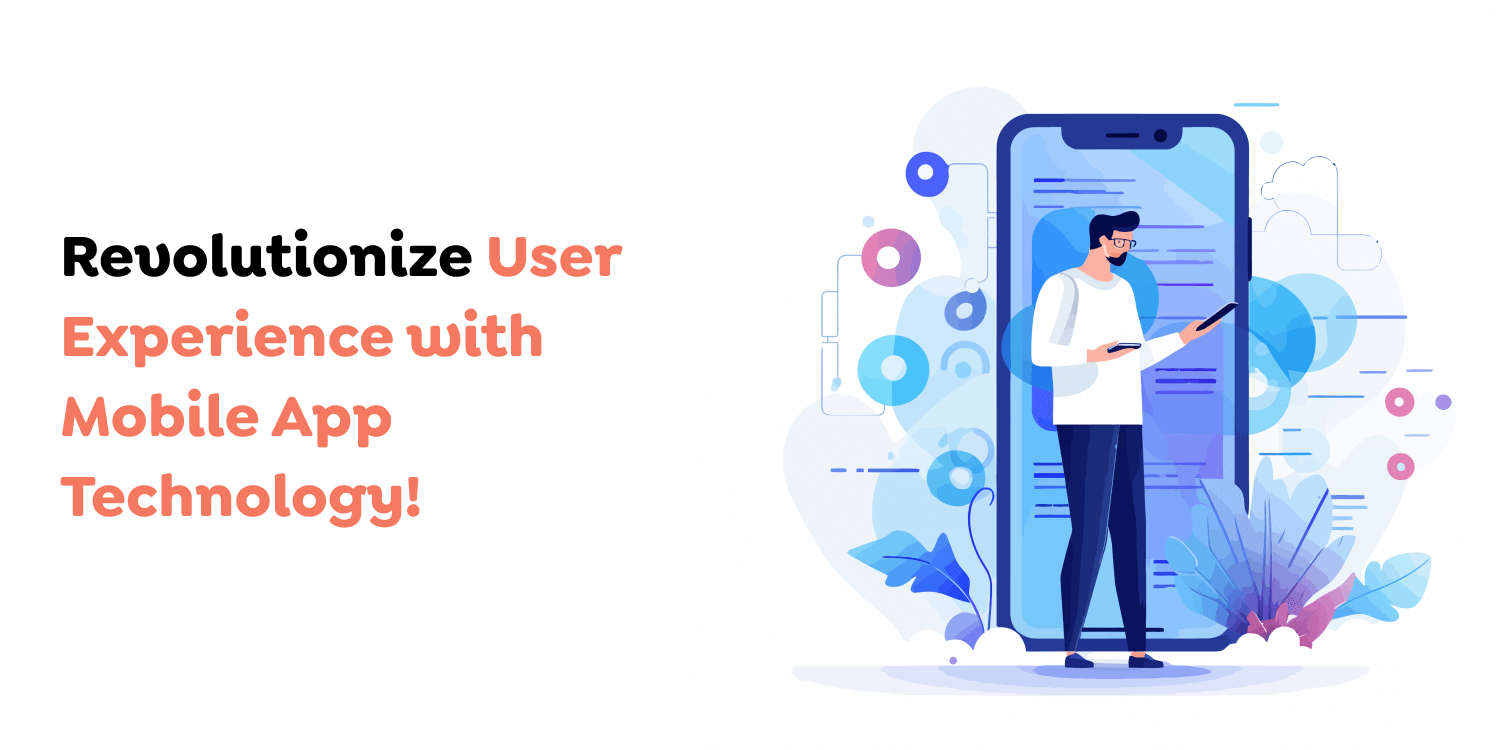
Mobile application technology refers to creating, designing, implementing, and supporting applications that operate on portable wireless devices, such as smartphones, tablets, and other portable gadgets. These applications are developed based on the characteristics of mobile devices’ touch screens, GPS, digital cameras, sensors, etc., to provide the user with the intended convenience.
Mobile applications fundamentally differ from standard desktop or laptop software built for larger screens with more power. They are efficient, quick, and straightforward. They cater to various purposes, including entertainment, communication, productivity, healthcare, and e-commerce.
Mobile app technology is crucial as it enables businesses to reach a global audience instantly. It enhances user engagement by providing personalized experiences through apps tailored to individual needs.
Let’s move forward and see the best app development trends for 2025.
Also Read : Top 9 Profitable App Ideas to Launch in Kuwait for Success!
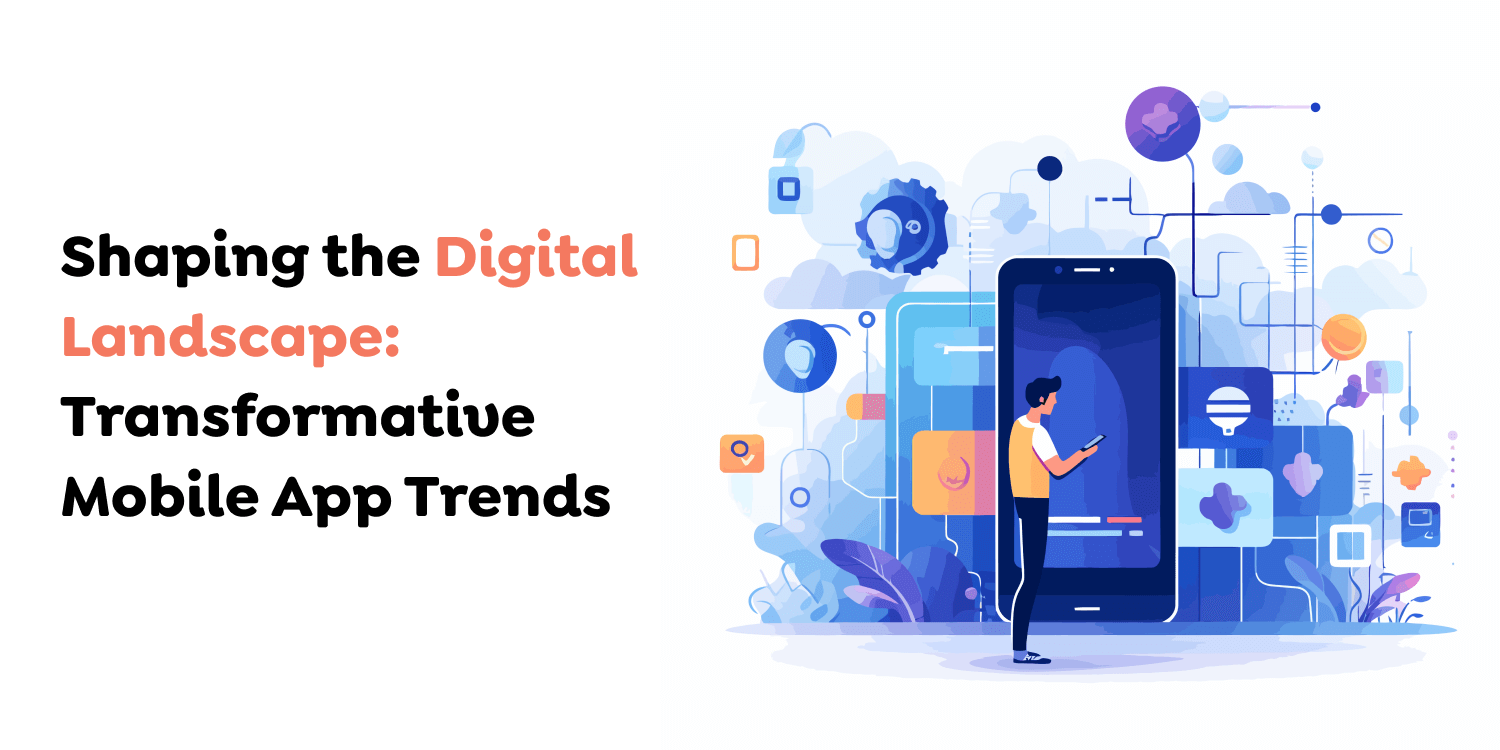
Uncover the latest mobile app development trends for 2025 that will reshape the industry. Stay forward with creative solutions to improve user experiences and navigate business growth.
The Internet of Things (IoT) is not an unexplored concept. Its possibilities have extended dramatically with the increasing penetration of mobile technology across various industries. This growth has revealed many opportunities, and IoT has become a part of modern society.
Today, individuals use technology to enhance all aspects of their lives. The IoT directs the expanding network of internet-connected devices, presenting customers with unprecedented convenience and automation.
Smart home technology is an exceptional example of IoT and mobile app development synergy. With mobile apps, users can:
Even appliances like refrigerators can now be integrated with mobile apps, simplifying household management.
It was also found that the overall IoT market growth reached $318 billion, of which $226 billion was contributed to software solutions like mobile applications. This was a 58% increase from 2020, which indicates software’s importance in IoT. Statista suggests that IoT technology revenue will exceed $1.6 trillion in 2025, pushed by the rapid expansion in connected devices.
As we advance through 2025, mobile app development increasingly concentrates on integrating IoT capabilities. Key zones poised for growth include:
The combination of IoT and mobile apps is reshaping how we interact with technology, paving the way for a smarter and more connected future.
Also Read : IoT: Brewing Innovation in the Food & Beverage Industry
The growth of mobile phones has taken a nostalgic turn with the revival of foldable devices. While elegant touch-screen smartphones conquer the market today, foldable phones create a powerful comeback, combining the past with current technology. Devices like the Samsung Galaxy Fold have redefined how customers interact with their smartphones. These foldable devices permit a small or big screen as needed, a small foldable device to make a call, and a large screen for watching videos.
This trend introduces new challenges and opportunities for app developers. Applications must adapt dynamically to varying screen sizes to ensure a seamless user experience, whether the device is folded or unfolded. As foldable technology evolves and gains momentum, designing apps for such functionality demands innovation and foresight.
Considering the increasing number of people using foldable devices, developers have to pay attention to the issue of app flexibility. The advancement in foldable technology is an emerging phenomenon for apps, and retaining such a market demands different strategies to solve it.
When COVID-19 forcefully confined everyone to home, the internet was a relief to everyone to kill their boredom and complete their task while sitting at home. At that time, the fast internet was a necessity. Now, online classes and remote classes need a fast network. So, 2025 is now the year of high-speed networks because of 5G connectivity. We are grateful for the 5G fast network without any latency. Fast network connectivity gives us a better binge-watching experience, access to locations, and real-time tracking. We will have more printing apps, and our gaming experience will improve.
Also Read : The Main Trends That Underpin Wearable App Development
Wearable technology has steadily risen in popularity, with devices like smartwatches, fitness bands, and trackers becoming integral to daily life. While these gadgets are not new, their potential remains largely untapped. Data from eMarketer highlights a consistent growth in wearable adoption across the United States, showing steady progress rather than dramatic year-over-year spikes. This ongoing trend reshapes mobile app development, pushing developers to innovate and create experiences explicitly tailored for wearables. Apple’s introduction of watchOS Six, which brought the Apple App Store to the Apple Watch, marked a turning point. This enabled standalone apps designed exclusively for wearables, opening up exciting opportunities for developers and content creators to expand their reach.
In 2025, wearable devices will be more significant in mobile app development. Users can now download and access thousands of apps directly from their wrists, offering unparalleled convenience and functionality. Such evolution underlines the growing trend towards making wearable technology more interlinked with mobile applications, thus offering users a set of fast and portable experiences. As we continue to explore the potential of wearables, the coming years are expected to bring even more groundbreaking advancements, setting the stage for a future where wearable devices become indispensable tools in everyday life.
Beacons were first introduced in 2013. They are now more common in mobile app development, especially for retailers. The beacon market is expected to increase from $4.64 billion in 2024 to $5.6 billion in 2025 at a CAGR of 20.7%. Real-time notifications include alerts and deals that can be localized based on consumer geographic location. Moreover, the beacon technology could be used by top mobile app development companies 2025 to create solutions by which an enterprise can learn more about their customers’ behavior in the stores, staying oriented to shopping, which can help construct the proper shopping experience.
Also Read : A Guide to Let You Build Your Advanced Mobile AI App
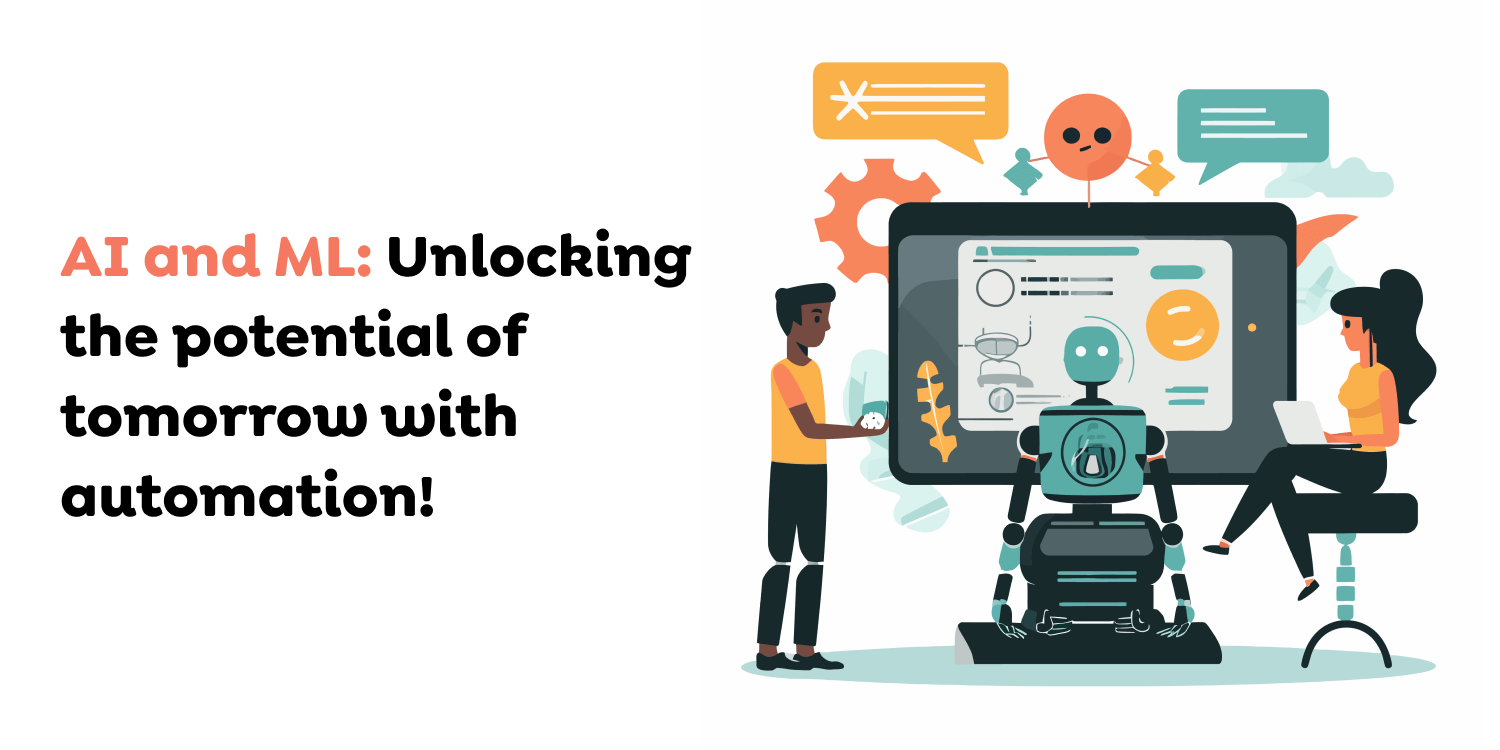
Artificial intelligence replicates humans with computer science’s help with a robust data set, enabling problem-solving quality. ML is a branch of AI that allows software applications to become more accurate, improving the performance of some tasks. For example, voice recognition is only possible because of machine learning, and applications like Google Assistant, Siri, and Amazon‘s Alexa are only possible because of machine learning.
ChatGPT is the latest trend in artificial intelligence and machine learning. GPT4o is the upgraded version of ChatGPT. Because of its human-like responses, it keeps up with people’s interests and is now trending worldwide.
Examples of AI-driven functionalities that can be integrated into mobile apps with the help of an AI app development company include:
Also Read : Drilling into the Future With Artificial Intelligence in Oil and Gas Industry
The way people use mobile devices for payments is evolving rapidly, reshaping the role of mobile wallets and payment systems in app development for 2025. Current digital wallets used include Apple Pay, Google Wallets, and Samsung Pay, and most people now prefer contactless payments.
Including mobile payment platforms is compulsory for mobile applications dealing with payments. Mobile app developers must prioritize wallet compatibility to meet user expectations and ensure a frictionless payment experience. It has not become a norm with all transaction-based applications; however, the integration of mobile wallets will rise much faster. Mobile wallets in apps will increase even more extensively in 2025, thus embedding themselves as the future of apps. Partnering with a blockchain app development company can ensure secure and efficient payment solutions.
Also Read : Mobile Payment Solutions: Driving Cashless Transactions in Saudi Arabia
Virtual Reality (VR) and Augmented Reality (AR), which have previously served as entertainment devices, are now slowly being used in practical applications in business environments due to technological progress. As AR and VR are gradually expanding in scale, applications with mobile and web applications are being integrated more frequently to redefine the user experience. These technologies’ enabling cost and functionality also continue to rise; therefore, these applications in diverse environments augment interaction and experiential opportunity.
For example, AR/VR app development transforms how professionals learn and train in the health tech sector. One notable application is an AR hand anatomy app developed to help hand surgeons learn complex anatomy interactively. This AR solution not only enriches the learning process but also helps increase the efficiency of surgeries by giving the surgeons additional visual information. In the same way, virtual reality is used in simulation mode for training in surgical medical que where these doctors can rehearse in this virtual environment without harming an actual patient. With advancements already underway for AR and VR technologies, their integration into diverse industries will become deeper and commonplace as they define the next generation of a computer-generated digital environment, along with new training, educational, and user interaction platforms.
Also Read : The Impact of Augmented Reality (AR) in Marketing: Boosting Consumer Engagement
The mobile application industry will be transformed by predictive analytics. Due to technologies like machine learning, AI, data mining, and modeling, this trend predicts future results based on the data obtained.
For several years, top companies have been applying predictive analytics. For example, by examining people’s past choices, Netflix recommends television shows and films.
In the years to come, many more apps will integrate predictive analytics as a standard component to improve the UI/UX and user experience.
Discover how global businesses are innovating towards AI-first strategies for the future.
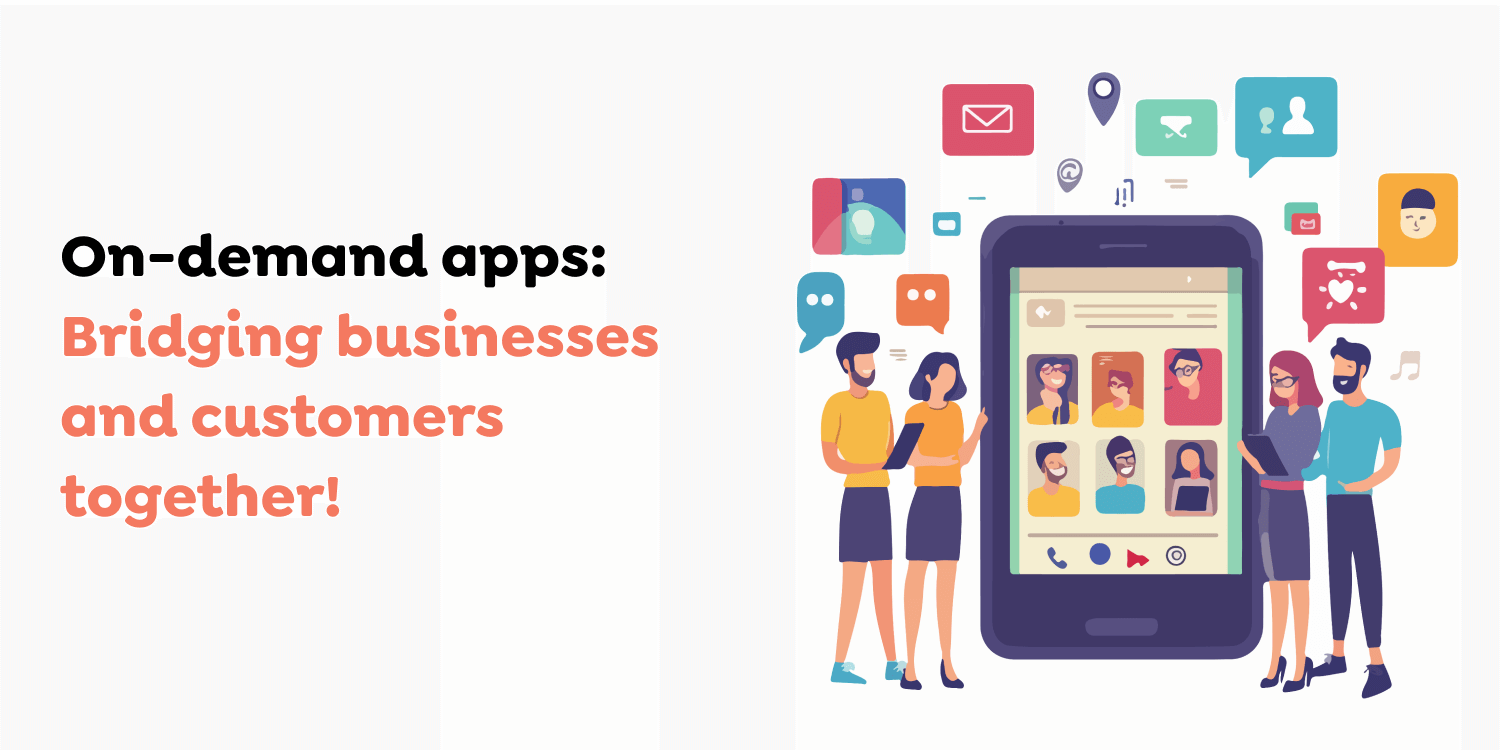
On-demand mobile app development is seeing significant growth in 2025, driven by the success of platforms like Uber Eats. These apps have shown that it is easier to run profitable on-demand services and the ability to shift industries to open up services that users require. First of all, users invest more than $57.6 billion every year for on-demand services only, which shows the size of this market.
Examples of how on-demand apps are transforming various industries include services such as laundry, on-demand doctors, virtual tutoring, food delivery, house cleaning, maintenance, fitness, pet care, and even beauty salons. The prospects for mobile app development are vast, giving a mobile app reseller the potential to reach more clientele with a click of a button. On-demand functionality means your clients can complement their applications with extra features that increase user interest and revenue for all parties.
Also Read : Grab on the Power of On-Demand Delivery With Your App Like Mrsool!
Chatbots have existed for over ten years as creative tools, dating back to their first use in 1999 in AOL Instant Messenger. Over the years, these bots have significantly evolved, becoming far more refined and functional. The rise of chatbots on websites has been driven by increasing consumer demand, making them the new norm in customer service.
Although hundreds of millions of apps exist in the Apple App Store and Google Play Store, only a few currently integrate chatbots. As companies advance AI technology, chatbots offer more natural, human-like processing of conversations, which will only increase in the future. This change is one of the significant reasons why chatbots are now standard for integration into various applications to improve user experiences and the services delivered.
Also Read : What Does It Cost to Create A Text-to-Video AI Platform Like SORA?
Despite being considered a revolutionary idea, cloud computing is still far from fully active within the mobile app industry. However, investors should be on the lookout for this trend in 2025. Cloud computing is one of the most momentous opportunities for mobile app development, and its usefulness will persist and evolve in future years.
One of the most influential advantages of cloud computing is its ability to enhance the implementation of mobile apps by off-loading data storage and intricate processing tasks to the cloud rather than counting solely on the user’s device. This enhances the application’s usability and makes it more comfortable to grow as it is more affordable than the other alternatives. This means that cloud computing is poised to overtake traditional infrastructures, with about 83% of enterprise workloads being hosted in the cloud in 2025; hence, business and app developers who are currently established or aiming to create an application that serves the enterprise or an internal tool must pay keen attention to cloud computing to harness its advantages fully in 2025.
Now, you must be wondering how much it costs to build a mobile app.
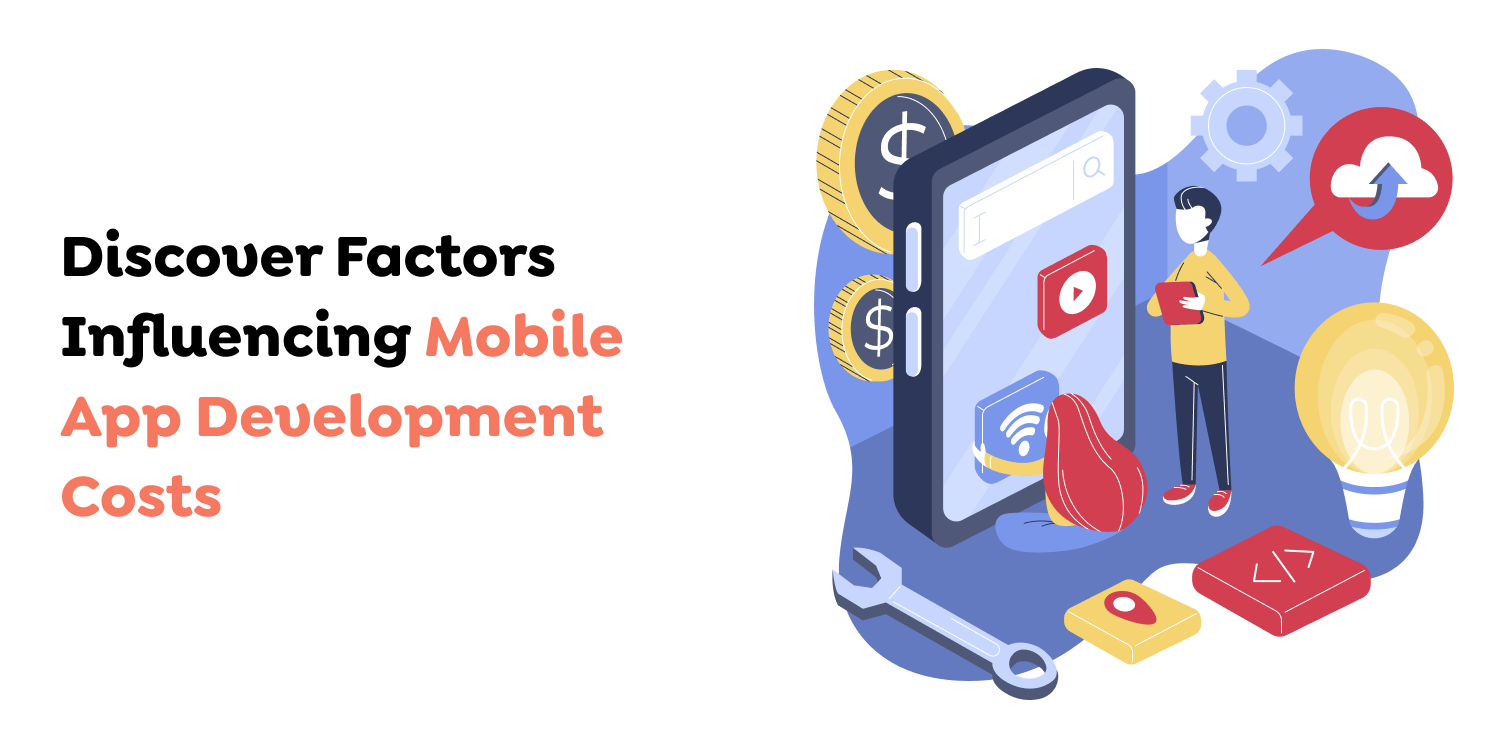
The mobile app development cost in 2025 will vary based on several factors, including app complexity, features, platform, and design requirements.
1. App Type and Features: Simpler apps with basic functionality will cost less than more complex apps with advanced features like real-time updates, AI, or payment gateways.
2. Design and User Interface: Custom and polished designs can add to the overall cost, especially if user experience (UX) is a priority.
3. Platform Choice: Developing for both iOS and Android (cross-platform) typically costs more than creating an app for a single platform.
4. Development Team Location: The geographical location of the development team impacts the price, with costs differing between regions.
5. Maintenance: Ongoing updates and maintenance are additional costs after the initial app launch.
6. Additional Features: Features like cloud integration or backend development can increase the cost based on the complexity.
Moving forward, let’s discover why techugo is the best choice for mobile app development.
In conclusion, mobile app development trends for 2025 are at the forefront of technological innovation, driving transformative changes that reshape how businesses connect with their audiences and streamline operations. From IoT integration and wearable technology to AI-driven personalization and blockchain security, the future of mobile apps holds immense potential. Partnering with Techugo, the best mobile app development company in USA, ensures access to cutting-edge solutions tailored to market needs, empowering businesses to stay ahead of the curve and deliver exceptional value to their customers. Embracing these advancements today sets the foundation for long-term growth and success in the dynamic digital landscape of 2025 and beyond.
Ready to transform your ideas into a cutting-edge mobile app? Get in touch with us today, and let’s create innovative solutions that drive success!
Write Us
sales@techugo.comOr fill this form